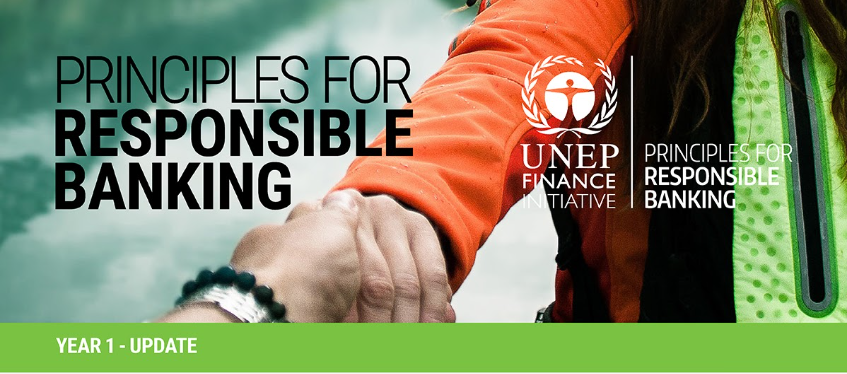Communicating the Principles for Responsible Banking

It is this combination of scale and scope, ambition and accountability that differentiates the Principles from other frameworks. For example, the Equator Principles or the IFC Performance Standards apply at the transaction level, or the Guiding Principles for Business and Human Rights apply to a single topic.
It is this combination of scale and scope, ambition and accountability that differentiates the Principles from other frameworks.
It was in this context that we were asked to get involved again. Some of the work that happened in year one was important but is yet to see changes in banks’ activities. For example, signatories have been working together designing impact analysis tools and sharing best practice between them.
Signatories have been working together designing impact analysis tools and sharing best practice between them.
Ready to start making positive impact?
Benefit from our many years of experience. No task is too big or too complex for our team.

